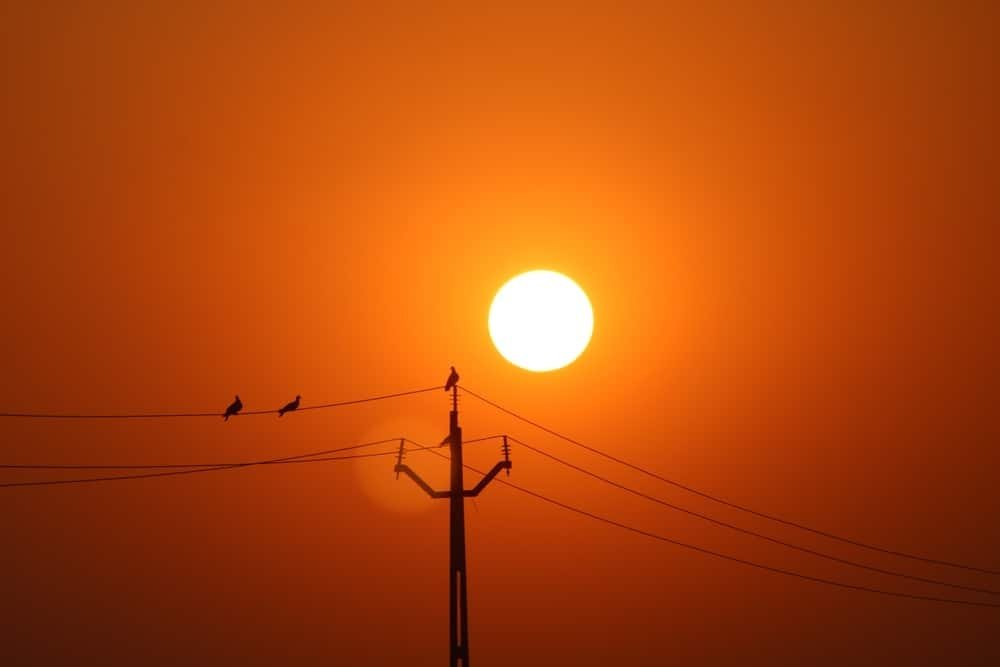Negros Island residents can expect steeper electricity bills this April as five major power distributors, including Negros Power Corporation, rolled out rate hikes ranging from 88 centavos to more than P2 per kilowatt-hour (kWh)—impacting over a million consumers across the region.
Negros Power, the provider for central Negros Occidental and Bacolod City, has bumped up its rates to an average of P12.35 per kWh this April. That’s a jump of nearly 86 centavos from March, now affecting over 200,000 customers with noticeably higher monthly bills.
Electricity bills have also climbed in both the north and south of Negros Occidental.
In the north, the Northern Negros Electric Cooperative (NONECO) hiked its rates by nearly P1.47, now charging around P15.07 per kWh for areas like Cadiz, Sagay, and San Carlos.
Down south, the Negros Occidental Electric Cooperative (NOCECO) pushed rates even higher—up by roughly P1.65—bringing April’s average to P15.61 for towns stretching from Bago City to Hinoba-an.
In Negros Oriental, power rates saw the steepest climbs yet.
Negros Oriental Electric Cooperative (NORECO) 1 jacked up its tariff by just over P2, now charging nearly P13.85 per kWh —up from P11.81 in March. Meanwhile, NORECO 2 followed with a P1.94 increase, lifting its rate to about P13.13 this April from the previous P11.18.
(Also read: Power Shortages in Visayas Tied to Transmission Issues)
Factors behind the price hike
Negros Power spokesman Jonathan Cabrera pointed to a dramatic spike in spot market prices as a key culprit behind the rate hike. According to the utility, rates in the Visayas’ Wholesale Electricity Spot Market (WESM) nearly doubled—soaring by 95.5% from just over P3.53 per kilowatt-hour in March to P6.69 in April—as summer demand pushed prices sharply upward.
Cabrera explained that the spike in market prices was fueled by a supply squeeze, as several coal and natural gas plants went offline—some for maintenance, others due to unexpected breakdowns.
Additionally, the dry season’s sweltering heat was a major driver of soaring demand. With more people cranking up cooling systems across the Visayas, and fewer power plants feeding the grid, the imbalance sent prices surging.
Echoing this sentiment was Wennie Sancho, president of the Alliance of Concerned Consumers in Electricity and Social Services (ACCESS) in Negros Occidental. He pointed to outdated power infrastructure as a root cause of the rising rates. He also criticized the frequent start-stop cycle of aging plants—whether for routine checks or unplanned repairs—as a key disruptor of supply, triggering price surges.
Sancho stressed that unless the country modernizes its aging fleet of power facilities, the problem won’t be confined to Negros or the Visayas—it will remain a nationwide issue.
Metro Bacolod Chamber of Commerce and Industry (MBCCI) Vice President Frank Carbon urged government regulators to step in, calling on the Department of Energy (DoE) and the Energy Regulatory Commission (ERC) to consider retiring aging, unreliable power plants altogether. “Rehabilitation works are expensive, and that is the price we’re paying now,” Carbon said.
Sancho pressed for greater transparency from the WESM, saying its unclear operations leave consumers in the dark about how prices are really set.
(Also read: Ensuring Reliable Power for Cebu’s Continued Growth)
Saving energy
To help curb rising energy costs, Negros Power has shared some simple summer tips.
They recommend using energy-efficient appliances with Energy Star ratings and turning off lights and electronics when not in use.
Fans are suggested over air conditioners, as they consume less electricity.
Keeping windows and blinds closed during peak heat and raising thermostat settings slightly can also reduce energy use without sacrificing comfort.
Sources:
https://www.sunstar.com.ph/bacolod/power-rates-up-in-april-2025
https://dailyguardian.com.ph/generation-charge-hike-raises-negros-power-rates/


